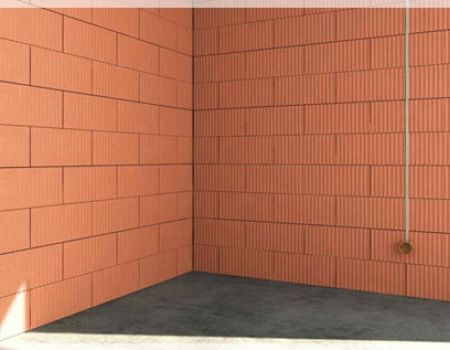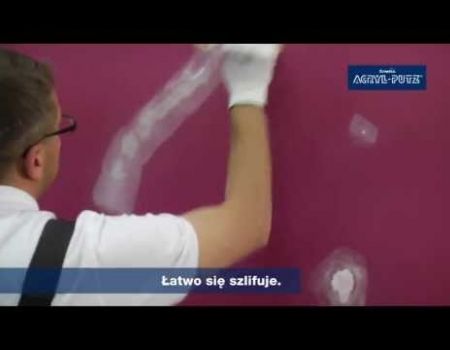Gypsum compounds for obtaining a fully desirable effect.
1
2
3
What kind of works do you intend to perform?
-
Putties and wall smoothening
-
Smoothening and levelling the entire surface of walls
-
Living room
-
Bedroom
-
Kitchen - constant and high moisture
-
Bathroom - constant and high moisture
-
Sauna, swimming pool
-
Hall
-
Basement
-
Large, poorly heated areas e.g. churches
-
Areas exposed to impacts e.g. gymnasiums
-
Filling in cracks and irregularities (preparation prior to painting)
-
Single holes up to 3cm
-
Middle irregularities - up to 3mm per one coating
-
Large irregularities - up to 5mm per one coating
-
Walls smoothening
-
Nail and wall plug holes
-
Micro cracks, cracks and scratches up to 5mm
-
Construction scratches of 5mm width
-
Installation of cardboard gypsum panels
-
Installation of cardboard gypsum panels
-
Filling in joints in cardboard gypsum panels with tape
-
Filling in joints in cardboard gypsum panels without tape
-
Exterior works
-
Interior linings
-
Facade holes
-
Facade smooth finishing excluding BSO system (BSO in Polish - Seamless Thermal Insulation System)
-
Preparation prior to painting
-
To painter’s tape - prevents paint from getting under the tape
-
Connecting wall and ceiling
-
To be painted after 2h
-
Connecting two different substrates
-
Priming
-
Medium and highly absorptive substrates
-
OSB boards prior to painting
-
New substrates with applied putty
-
New cement or cement and lime substrates prior to putty application
-
New substrates made of cardboard gypsum panels and cut edges of panels
-
Concrete floors prior to ceramic tiles
-
Gypsum plasters prior to putty application
-
Holes, cracks prior to repair
-
Wallpapers
-
Loose substrates (e.g. peeling, flaking)
-
Cement or anhydrite screeds
-
Substrates featuring limited absorption prior to putty application
-
Non-absorptive substrates
-
OSB boards prior to putty application
-
Glass and ceramic tiles
-
Formwork and smoothened concrete
-
Oil-based paints/ dado
-
Polished gres floor
-
Prefabricated elements, made of smooth concrete formwork
-
Terrazzo tiles
-
choose one of the options to proceed
0
We have been operating on Polish market for 20 years.
0%
contractors testing ACRYL-PUTZ® stated that it lived up to their expectations
0%
contractors testing ACRYL-PUTZ® are planning to purchase the tested product
Based on the data collected during the campaign “ZA GŁADŹ NIE PŁAĆ” between 01.08.2016 and 31.10.2016.
ACRYL-PUTZ® is many years of experience and knowledge of contractors.
You can compare up to 4 products.
To add the next product to compare, remove one of the previously added.

